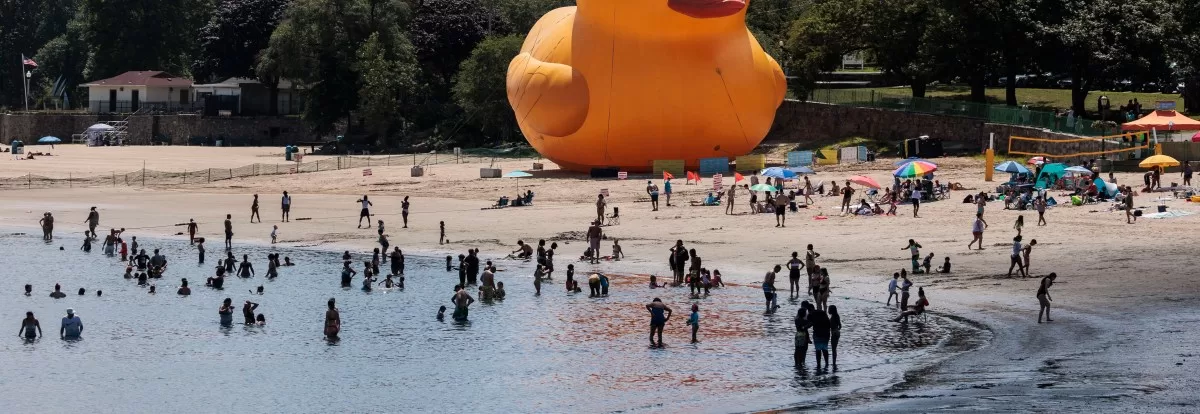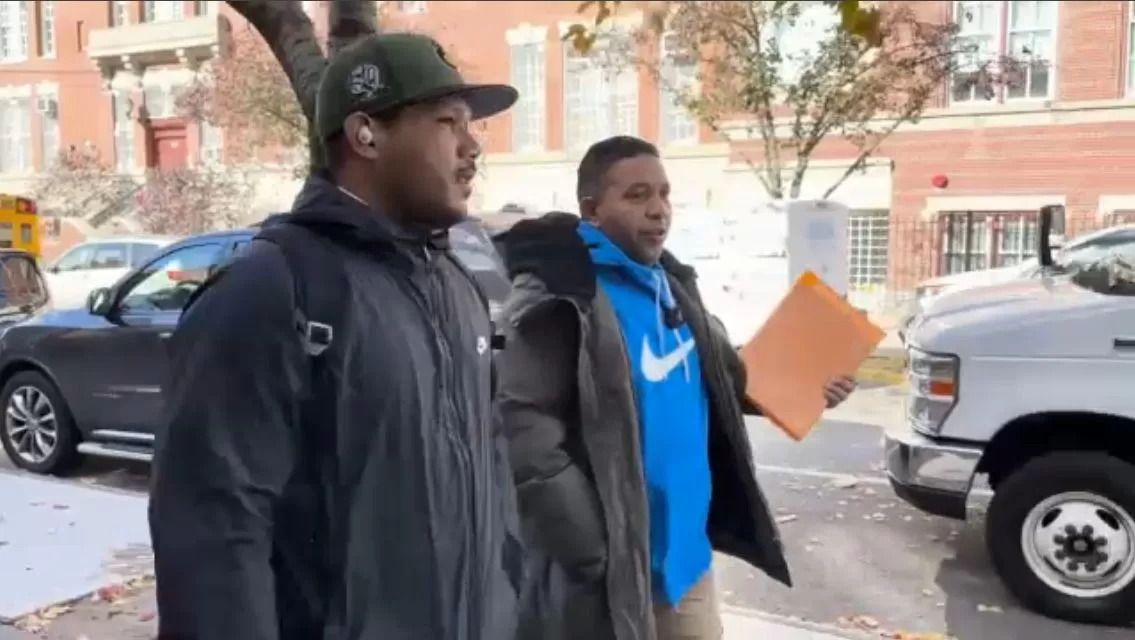We are living every year warmer recorded in the environment. Weather disasters have become a frequent reality for millions of people around the world. No one can hide from the impact of climate change, but we repeatedly see communities of color and low-income families bear the brunt of extreme heat, severe storms, and frequent flooding.
I grew up in a family that is proudly Puerto Rican in Williamsburg, Brooklyn. We lived in NYCHA housing for a good part of my life. Eventually my family had the opportunity to buy a house on Staten Island. Homeownership was a pinnacle moment for us: our dream had become our reality. But less than a year later, Hurricane Sandy hit, and like thousands of others, our home was decimated. We lost everything.
We weren’t the only ones who had to put our lives back together, but we were the only ones on my block who faced racism when seeking help from authorities. To them, our brown skin was proof that we didn’t really live in the neighborhood.
For decades, the environmental red line has exposed communities of color to pollution, while a systemic lack of investment in public infrastructure wore down our roads and clogged our sewers. Now, these populations are at increased risk of respiratory diseases, underscoring the need for clean air. With the increase in extreme rainfall events, these neighborhoods face extreme flood damage.
The climate crisis affects us all, and New York must prioritize investing resources to protect those it has failed to protect in the past.
Kinetic Communities is an organization dedicated to connecting people in low-income communities, including people living in public housing, immigrants, and communities of color, to transition to clean energy. Starting this organization was not just a business for me. It was a deeply personal mission. I wanted to make sure no one else had to go through what I went through and to fight for communities like mine to be recognized as equally deserving of protection from the effects of climate change.
Over the years, as a City Council aide, organizer, and later advocate for clean energy, I noticed that none of the city planning initiatives, clean energy companies, and large environmental nonprofits I worked with had a relationship with members of the communities where they were, and could not explain the transition to the residents in a way that they could understand. Currently, less than 40% of workers in the US clean energy economy are people of color. This is unacceptable.
At Kinetic Communities, we actively cultivate the talent of the communities we serve. We work to build trust, provide long-term education, and connect families with the resources they need to modernize their homes, reduce their energy costs, and reduce their carbon footprint.
Climate change is not coming. It’s here.
New York’s concurrent crises deserve a robust investment strategy, which we are seeing the start of through the allocation of $5 billion for building electrification and energy efficiency proposals by the New State Public Utilities Commission. York. But it means more than making green energy more accessible to New Yorkers; it means long-term community engagement, demonstrated investments in the neighborhoods that need it most, and prioritizing those neighborhoods in preparedness and recovery efforts. That is the work that I am proud to do in the climate justice space, and it is the work that I know the entire city must take up.
The best time for lasting action on climate change was yesterday; The second best moment is now.
Daphany Rose Sanchez is a community organizer and climate sustainability expert with a community and social justice focus.






